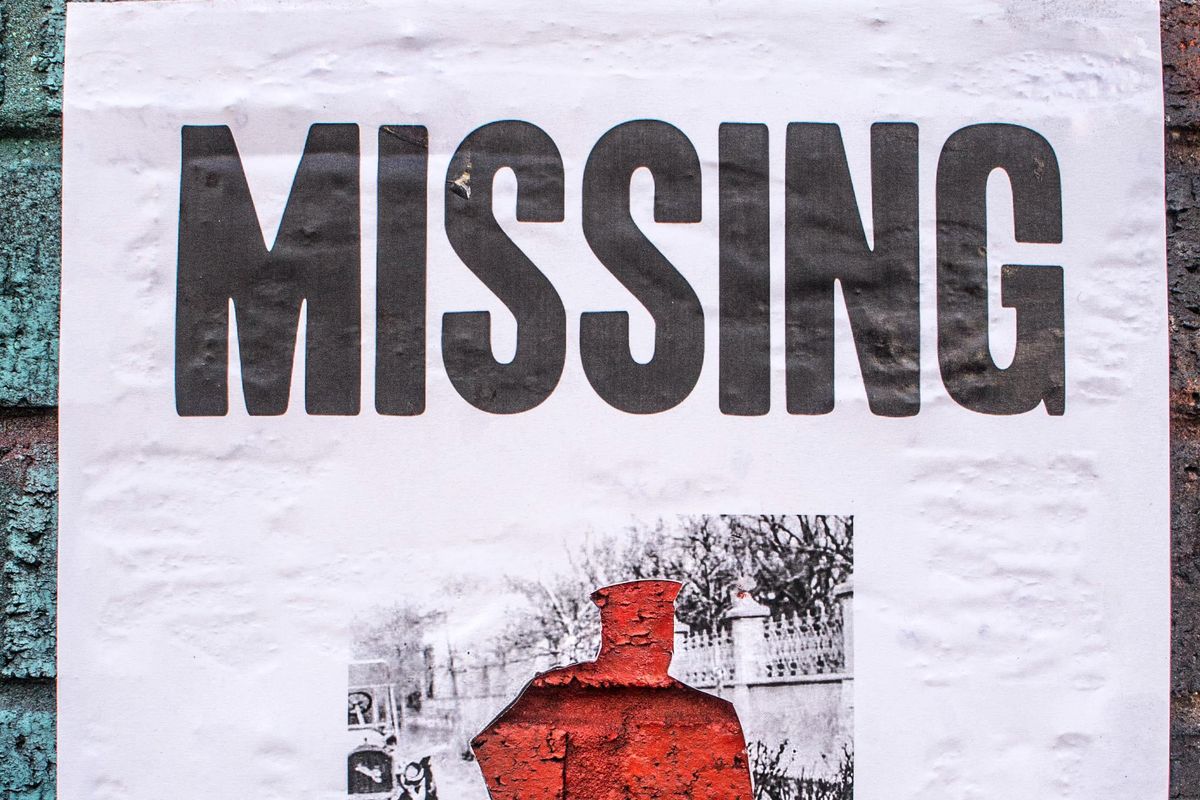
When the Amber Alert came out in the 1990s, pictures of missing children on the backs of milk cartons became a thing of the past. But still, we see posters of missing people line telephone polls, grocery store windows and community bulletin boards. And what’s more, they continue to be easily ignored. Perhaps it’s time for another revamp.
Missing People, a London based charity, created digital billboards showing moving 3D portraits rather than static photos. Blinking eyes, head tilts, the works. You remember the double-take you made when you first discovered iPhone’s “live photos”? It feels a bit similar.
Not only that, but each bright pink “poster” has a clear, easily scannable QR code that can be used to spread the word about a missing individual on social media. With its immediacy and global reach, social media has had an ever-growing role in recovering missing persons. Having an easy way to share across social media platforms seems like an obvious improvement already.
This combination of technology and eye-catching visuals is all part of an initiative to get people more engaged in the missing persons search. After all, our fast-paced modern world makes it easy to turn a blind eye to what pops up in our periphery. How many times have you strolled past a traditional missing persons poster before forgetting it the minute you go to TikTok?
You’ll also notice that the words “help find” replace the word “missing.” This too is by design.
Anita Braga, behavioral science consultant at Influence at Work, which led the research for the project, explained that this subtle tweak can create a distinctly different outcome. “Very often people do want to act, but they feel like they don’t have the means to, they feel a bit overwhelmed by the situation,” she said, according to The Independent. “Giving a clear call to action is a way to make them feel empowered and also feel empathy towards the person they’re looking for.”

It makes sense. Usually a poster with the word “MISSING” in big bold letters feels … less than hopeful. In addition to dread, sadness and alarm, there tends to be this finality to the situation. This person is missing, if not worse. That’s that. Language is such a powerful tool. It’s pretty amazing that when used intentionally, language can turn passive sympathy into compassionate action.
These interactive posters are still too new to truly test their efficacy, but they are getting some buzz. The Independent also reported Steve Martin, chief executive of Influence at Work, saying, “Even if a couple of dozen extra people see that image, they connect with it, they feel some empathy towards it, that could make the difference and it could help a family who has had their whole life not just disrupted but destroyed because they don’t know where their loved one is.”
This project feels like innovation at its best. Technology often disconnects us from one other, but it also has the potential to bring us closer. Who knows what impact this revamp will have, but the very notion that minds are coming together to use AI in this way feels like a positive move forward.
